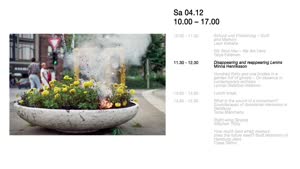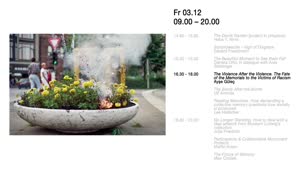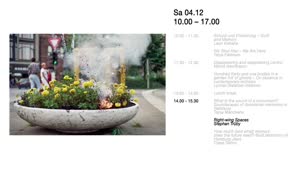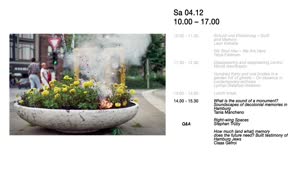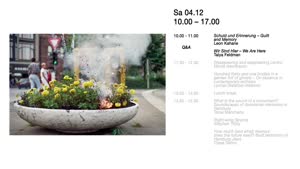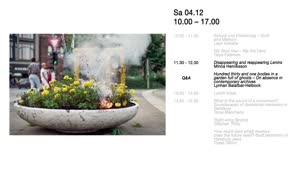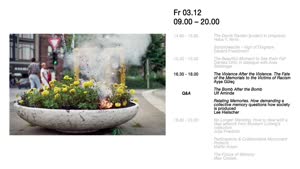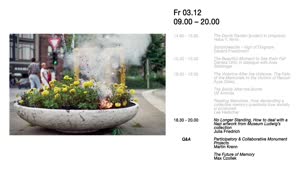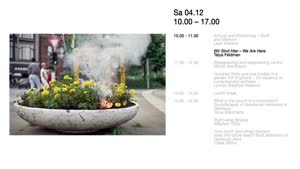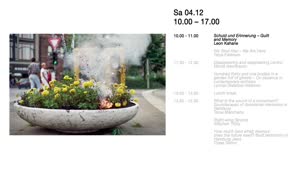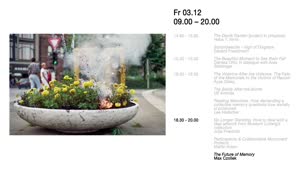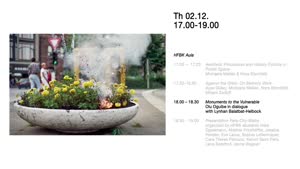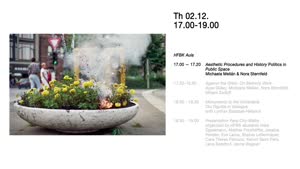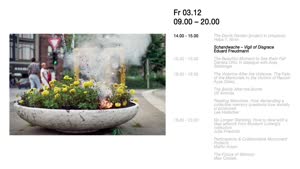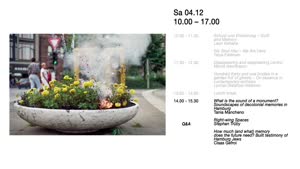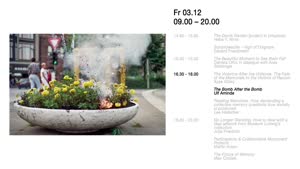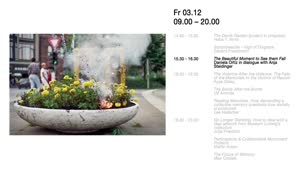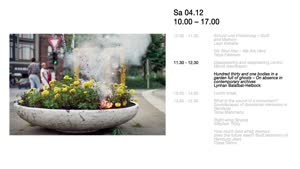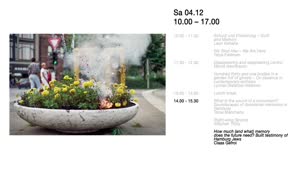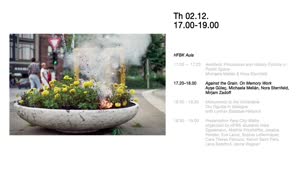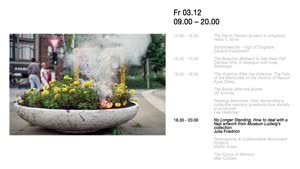Minna Henriksson: Disappearing and reappearing Lenins - Prof Michaela Melián, Prof. Dr. Nora Sternfeld - HFBK
- MEDIATHEK
- Alle Videos
- HFBK
- Alle Bereiche
- Conference: Counter-Monuments and Para-Monuments
Alle Videos
Minna Henriksson: Disappearing and reappearing Lenins
My presentation will address the politics of public space memorials in Finland and Latvia through the case study of Lenin memorials. Finland is promoted as a Western liberal democracy, which includes the oft-repeated statement that statues are not toppled and street names are not changed even though ideologies change. In Finland, this would have not even been possible, because no radical ideological change has yet happened; Finland has continued to be a bourgeois democracy ruled by the white hegemony, granted by the victory in the brutal Civil War in Finland in 1918, which took place just months after the declaration of independence. Lenin’s role in Finland’s independence was central, but the various Lenin memorial plates, statues, and a park all date back to the 1970s and the specific political strategy practiced then, known as ‘Finlandization’. Rather than demonstrating greater tolerance than in ‘new democracies’, Finnish public space politics seem to be trapped in their own narrative. In Finland, although many would like to, it is impossible to topple the Lenin statues, as this action would signal the end of one ideology and the beginning of another. There have been attempts to make Lenin statues disappear in other ways. To contrast with the case of Finland, I follow the destiny of the main Lenin statue in the center of Riga that was demonstratively and symbolically toppled in 1991, marking a new era in Latvia’s history. This statue, having been moved from one storage depot to another in the outskirts of Riga after its dismantling, was finally stored in an area that got privatized. Perhaps no-one in the city administration cared for or remembered the statue when the property changed hands, but the new owner obviously saw the value of the statue, as he refuses to give it back to the city. Elsewhere in Baltic countries, sculpture parks have been made where the statues of the socialist regime are placed. These have become highly popular.
Minna Henriksson is a visual artist who works with a disparate range of tools including text, drawing, and linocut. She studied art in Brighton, Helsinki, and Malmö. Her work is often collaborative, and relates to the anti-racist, leftist, and feminist struggles. In recent years her work has often dealt with archives and histories; it is research-based and engages with political processes that appear to be neutral or natural. In 2017 Henriksson was presented with the Anni and Heinrich Sussmann Award for artistic work committed to the ideal of democracy and antifascism.
---
The conference is dedicated to the history of artistic counter-monuments and forms of protest, discusses aesthetics of memory and historical manifestations in public space, and asks about para-monuments for the present.
Programme: https://www.hfbk-hamburg.de/de/projekte/conference-counter-monuments-and-para-monuments-contested-memory-public-space/

